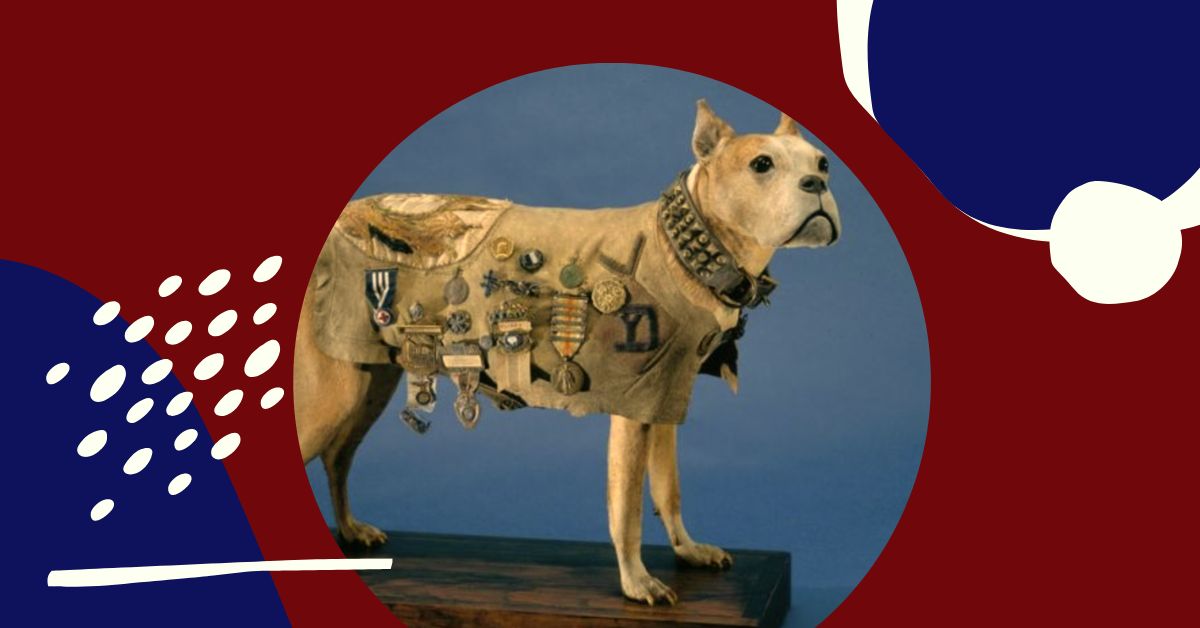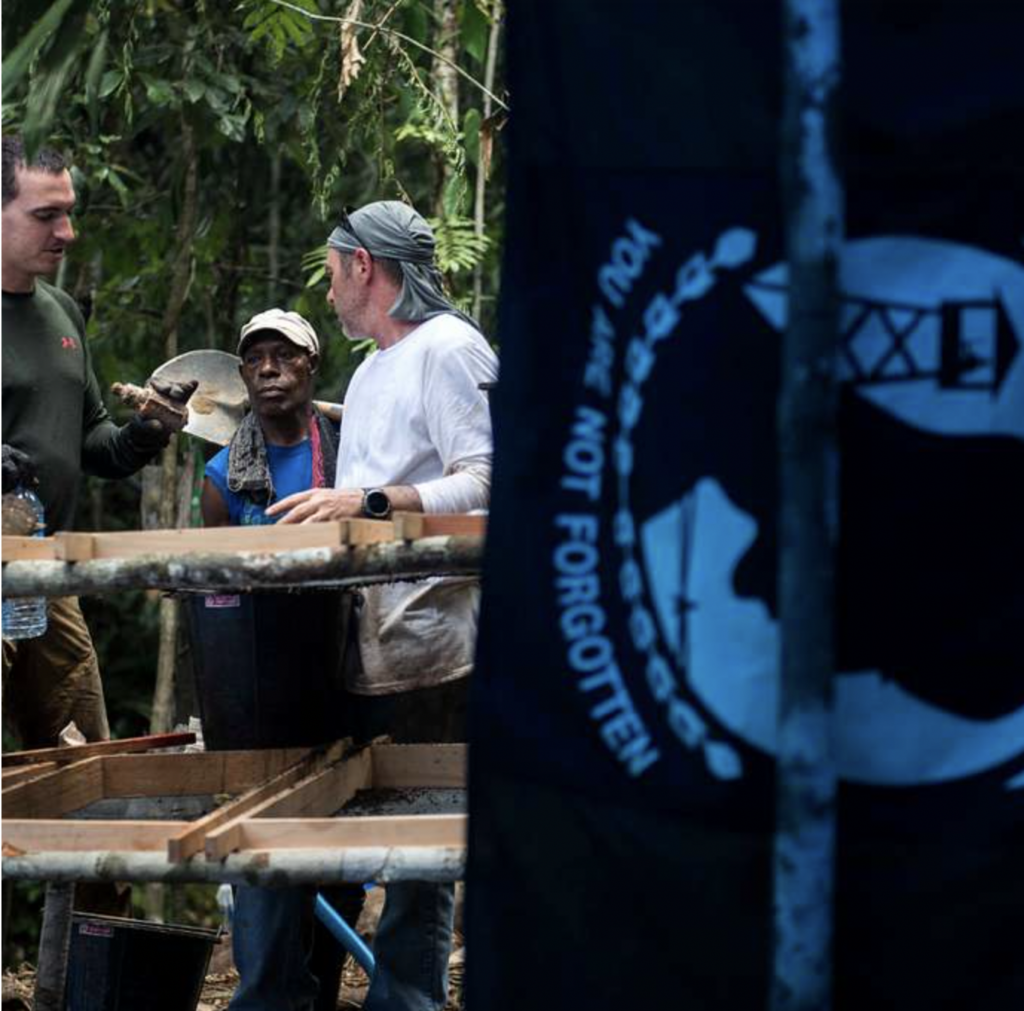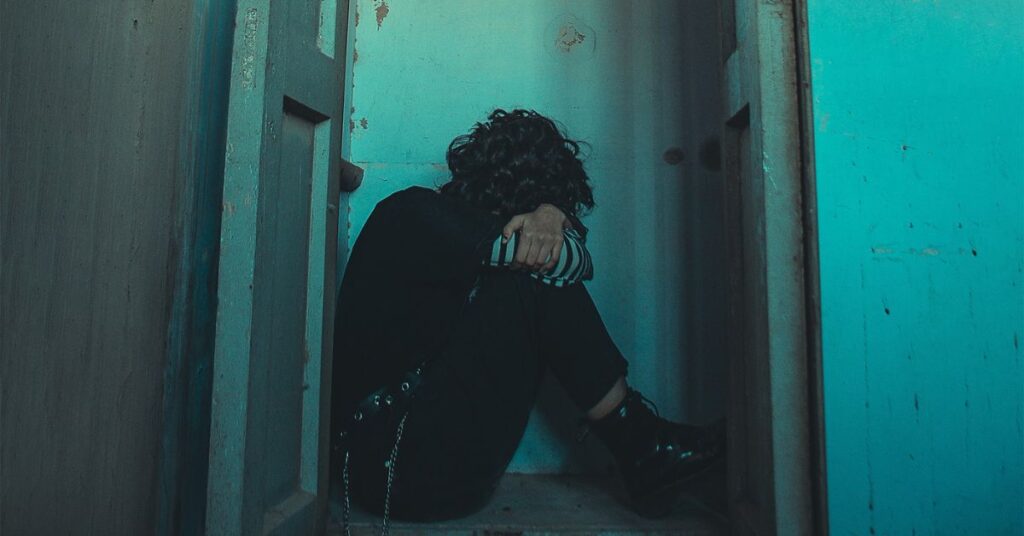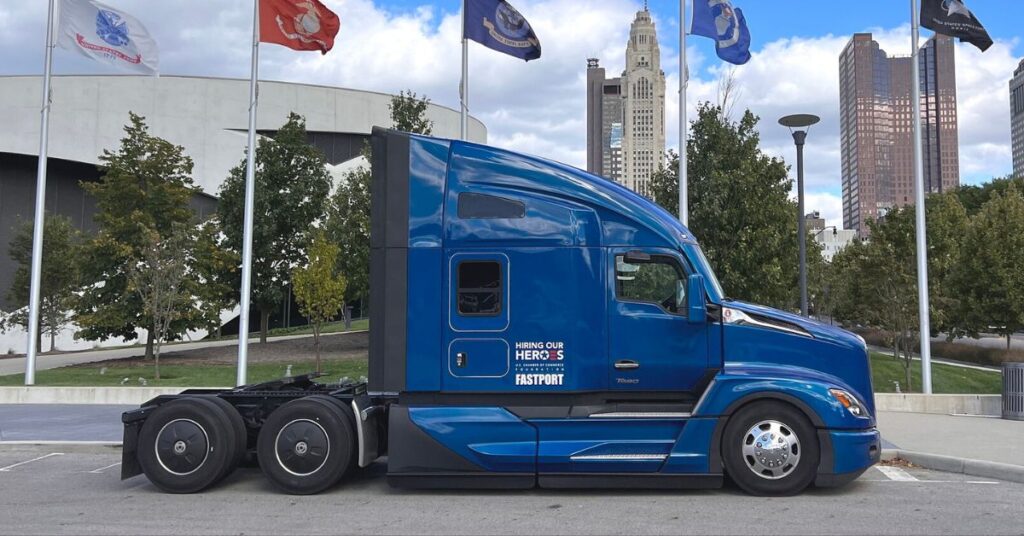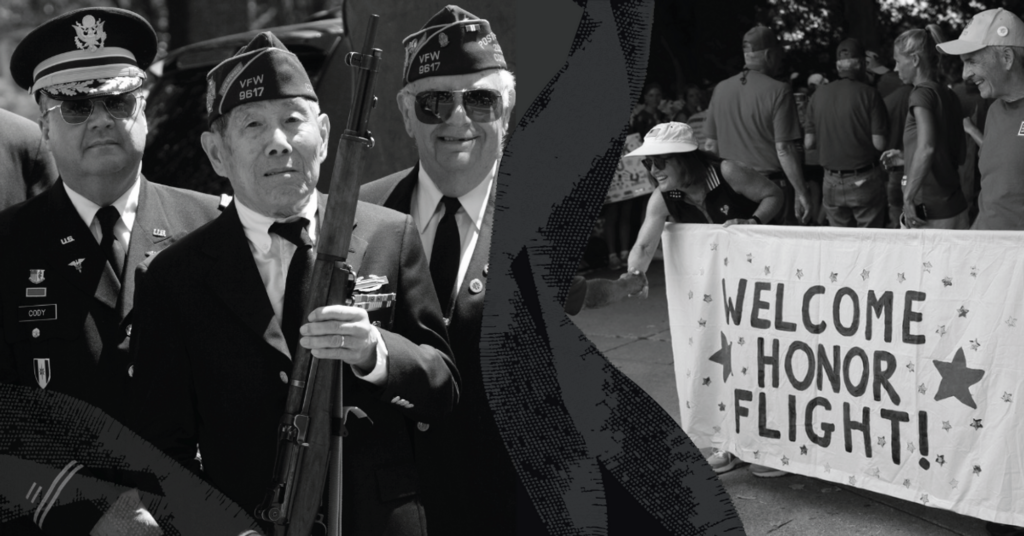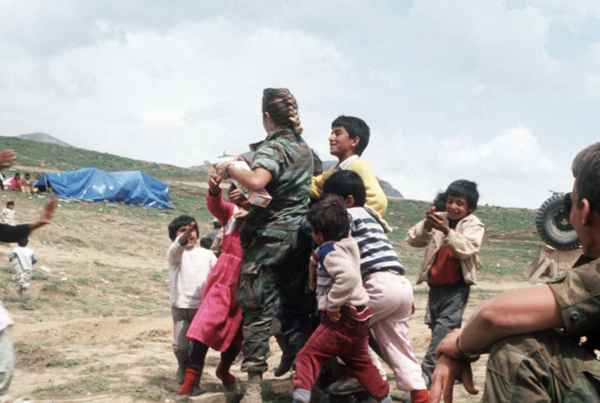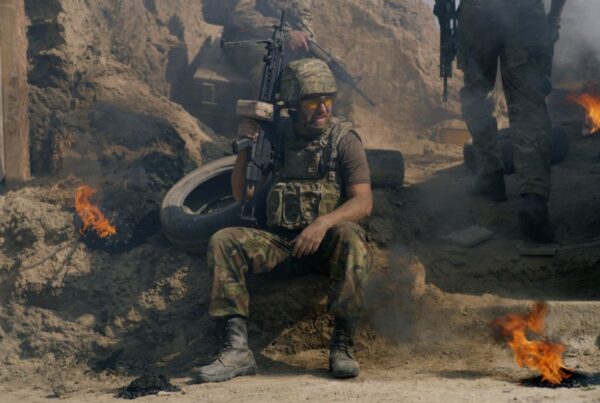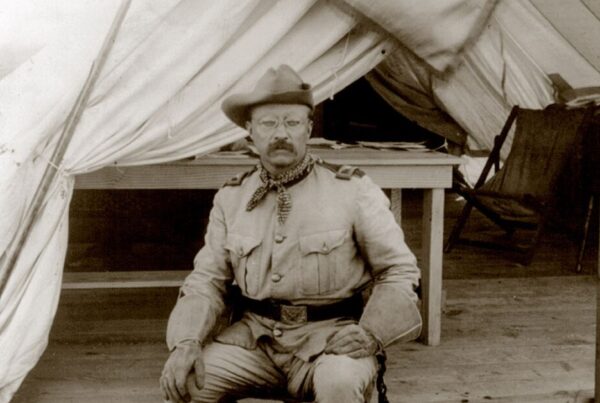From a homeless pup with a docked tail to a decorated war hero, Sergeant Stubby was the canine inspiration that America needed in its fight during World War One– In the midst of the chaos and destruction of the Great War, a small stray dog emerged as a symbol of bravery and loyalty. From his humble beginnings to his heroic acts on the battlefield, Sergeant Stubby’s legacy continues to inspire and uplift.
Dogs of War
Sergeant Stubby’s journey began when he wandered onto the Yale University campus during military training exercises in 1917. It was there that he found a new purpose and became the beloved mascot of the 102nd Infantry Regiment.
Despite his small size, Stubby’s bravery and unwavering loyalty quickly made him an integral part of the unit, where he participated in drills and even learned to salute with his paw.
“In his 18 months of service, Stubby participated in 17 battles, survived a series of wounds and provided a much-needed morale boost to his fellow soldiers,” according to History.
Valor In Combat
Throughout the war, Sergeant Stubby proved himself time and time again. With his keen sense of smell, he sniffed out enemy gas attacks, warning his fellow soldiers and saving countless lives.
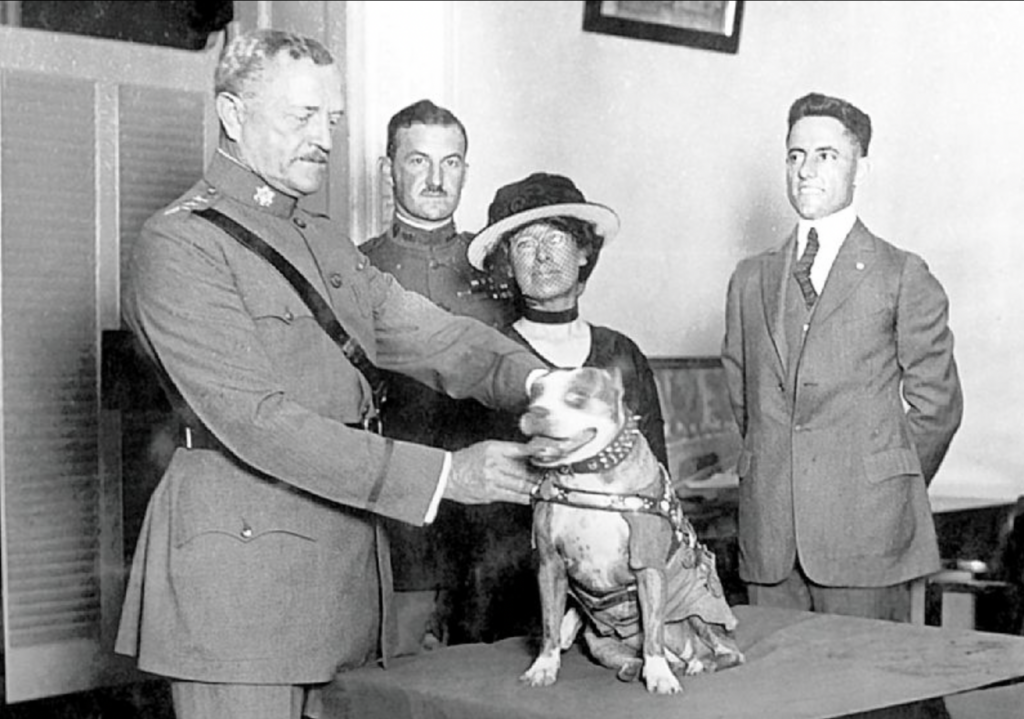
His sharp hearing enabled him to detect incoming artillery fire, giving the troops precious moments to take cover. Despite his small build, Stubby’s exceptional abilities even led to the capture of a German spy, further solidifying his status as a true hero.
Beyond the Battlefield to Best Friend
Stubby’s heroism extended beyond the heat of battle– Stubby, who took part in an attack on a German held town in France, “received shrapnel wounds to his leg and chest. After he had his wounds treated, he was transported to a Red Cross Recovery Hospital, where he proceeded to walk around the hospital visiting wounded soldiers and boosting morale wherever he went.”
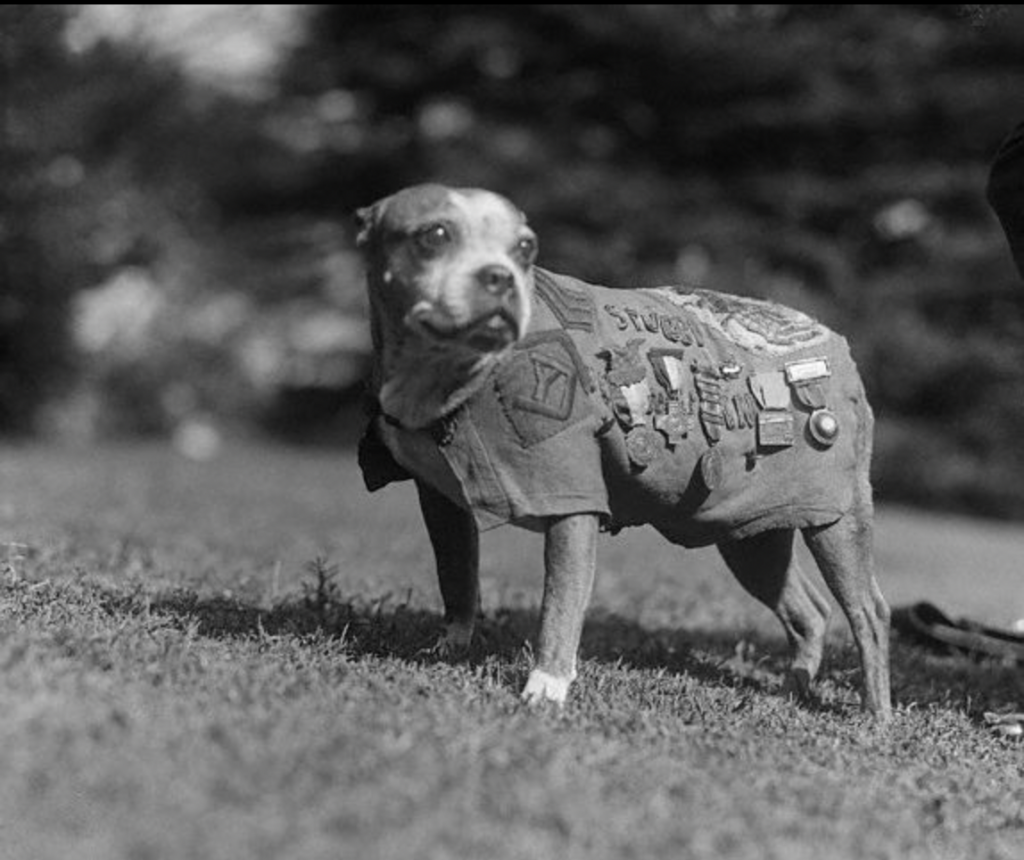
A Beloved Symbol
Sergeant Stubby’s incredible acts of bravery and devotion made him a beloved symbol of the American military. He was decorated by General Pershing himself, and he held an official rank in the US Army, a testament to his extraordinary contributions. Stubby had the honor of meeting several US presidents, leaving an indelible mark on the hearts of those who witnessed his courage.
“After the war, the decorated hero made his way back to the United States with Conroy (the dog now outranked his owner) becoming a national icon, leading parades and receiving awards until his death in 1926. Stubby’s body was donated to the Smithsonian in 1956, where he is still on display to this day,” according to History.


